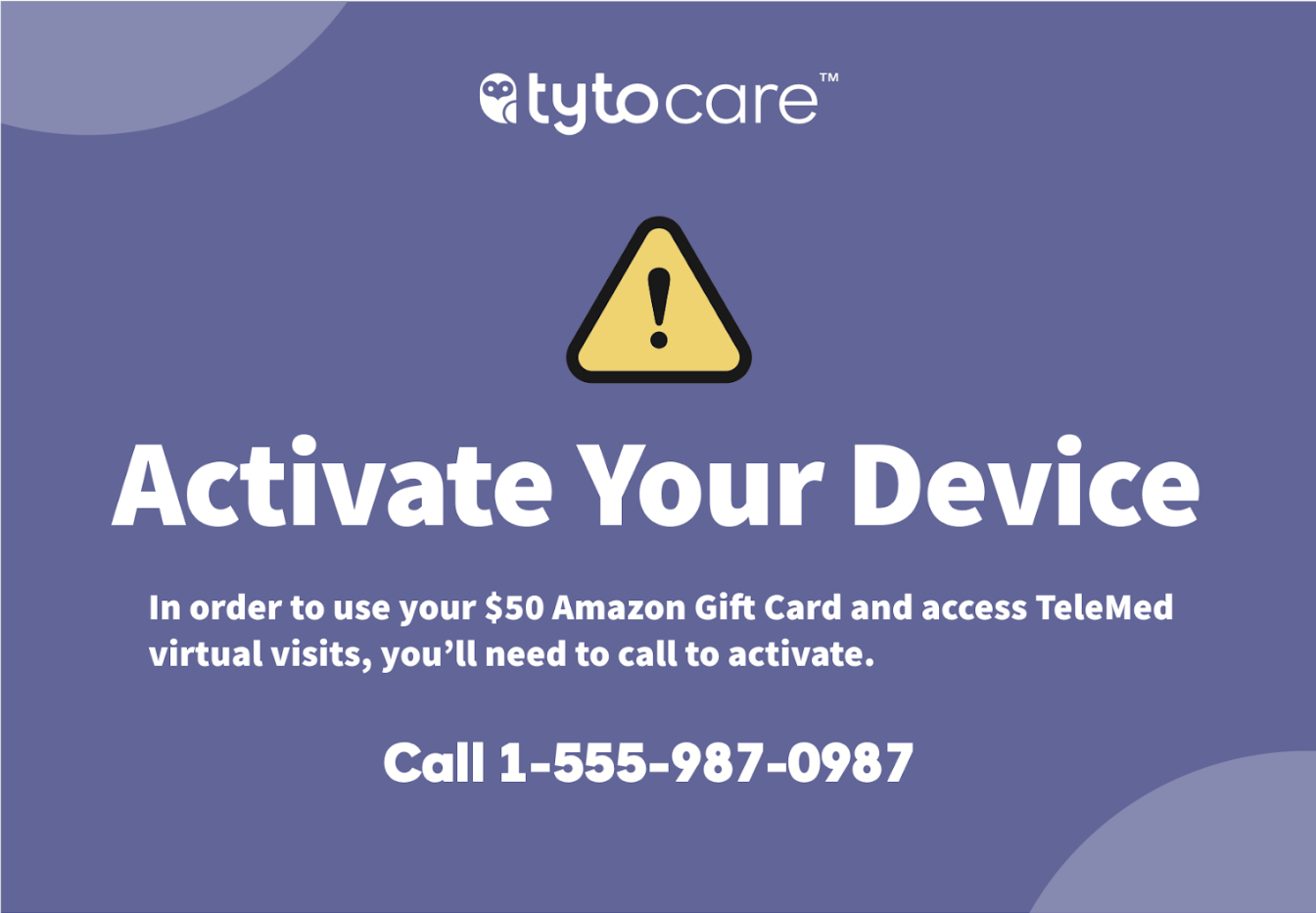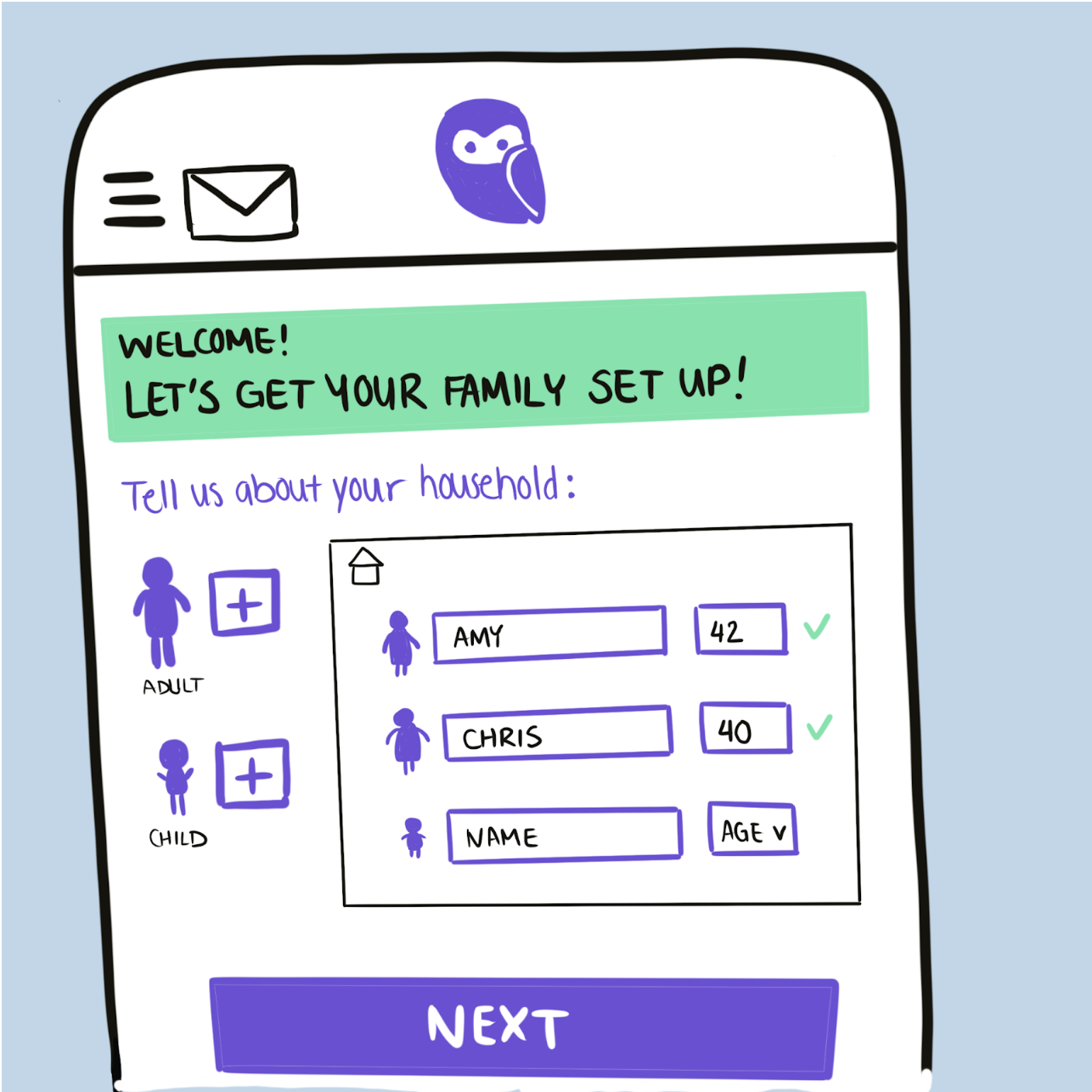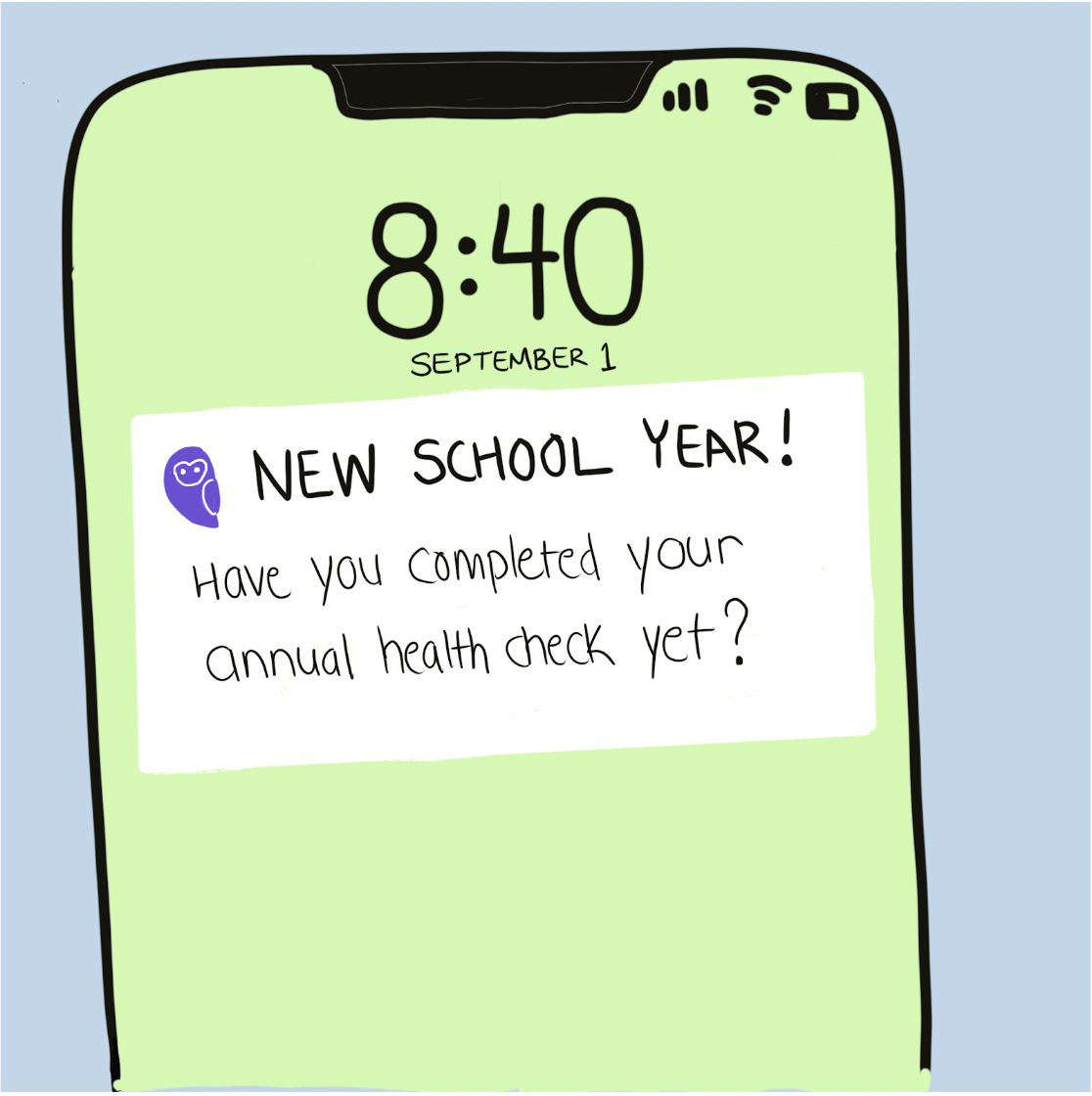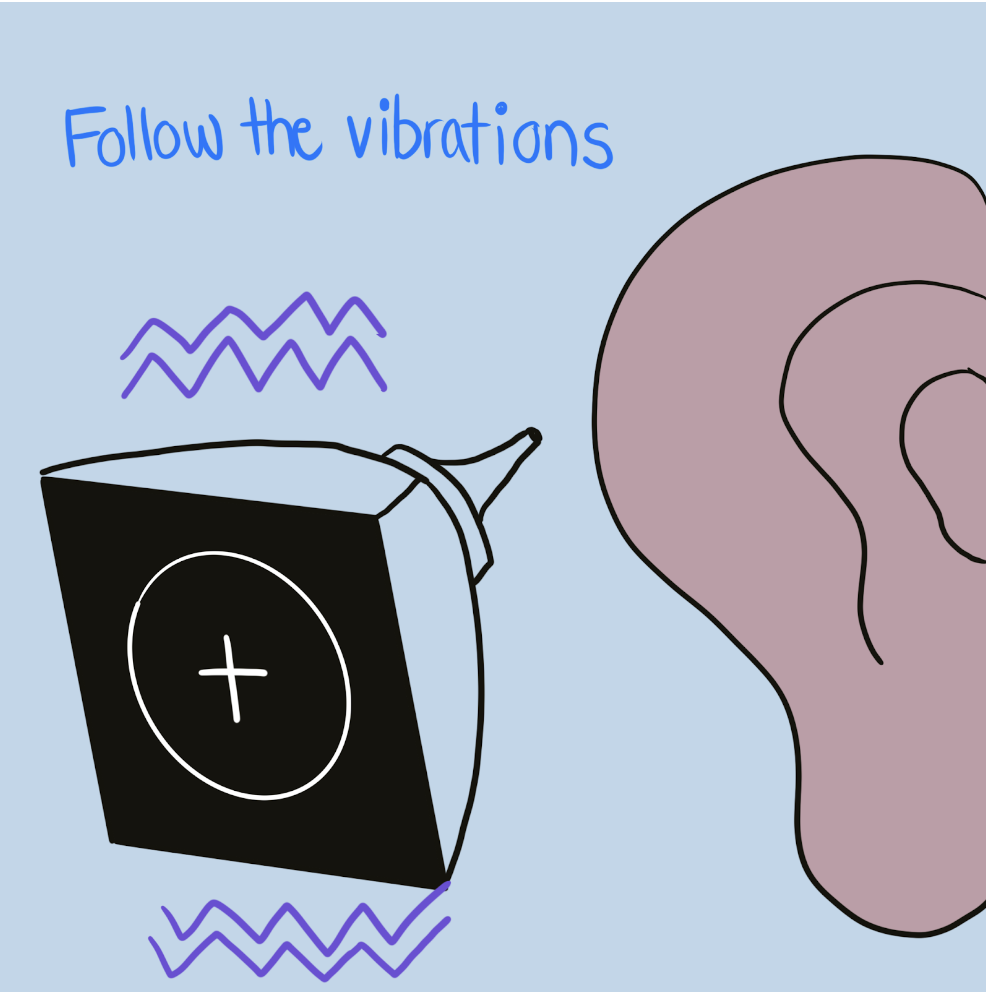The Challenge: Driving Adoption of Virtual Medical Visits
Unnecessary visits to the emergency room for urgent medical care cost payers an estimated $47 billion dollars per year. Telehealth offers a significant opportunity to reduce costs for non-urgent medical care, to reduce the inequities plaguing the American healthcare system, and to ameliorate systemic barriers to healthcare access.
Telehealth services have become increasingly popular in recent years, with the COVID-19 pandemic further accelerating the desire for Americans to access medical services from the comfort and safety of their homes. Roughly 85% of physicians use telehealth, with 60% saying it enables them to provide high quality care and 44% saying it reduces the costs of care.
However, while perceptions of telehealth quality have improved over the past several years, fewer than half of Americans perceive the quality of telehealth services to equal that of in-person care. And while telehealth brings care in minutes, thirty percent of patients in a recent survey reported they’ve walked out of an in-person doctor’s visit due to a long wait, while 20 percent said they’ve changed doctors because of wait times.
TytoCare, a novel virtual medical care kit, seeks to make virtual diagnosis of common illnesses as easy and accurate as with an in-person visit. The kit includes an easy-to-use device equipped with a camera, thermometer, otoscope, and stethoscope, allowing physicians to conduct a complete physical examination, remotely. This kit is handy in a diverse variety of cases, including families with young children, making it easy for parents to seek medical advice whenever their child is feeling under the weather.
Irrational Labs has been working with TytoCare since 2021 to drive adoption of its telehealth services amongst families across the United States.
Our Approach
Using a process known as behavioral design, we completed a behavioral diagnosis of the current telemedicine journey using TytoCare. We began by understanding when and why someone might use telemedicine. We then mapped out the steps involved in conducting a virtual medical exam using TytoCare, overlaying the behavioral barriers and key psychologies that emerged during each step.
Our behavioral map uncovered the following challenges, which we used behavioral design for:
- Creating a clear mental model
- Simplifying setup
- Creating a frictionless experience
- Keeping TytoCare ‘top of mind’
- Building confidence and trust in TytoCare
- Making it fun
The Intervention
Creating a Clear Mental Model
One of the primary issues with adopting telehealth is changing a person’s existing mental model of healthcare. A mental model is someone’s conception of how something works. An example mental model for someone in the US healthcare system might be: if I’m sick, I’ll visit my primary care physician, and if I have an emergency, I’ll go to the emergency department or urgent care. This existing mental model doesn’t currently incorporate telehealth or a device like TytoCare, in which case, digital healthcare may not be a salient part of someone’s choice set.
An intervention that we designed at the outset of the experience with TytoCare is an eligibility quiz–not to disqualify people from using the product, but rather to build a mental model of who the product is for. The quiz asked questions about people’s comfort with technology, frequency of medical visits, and time spent waiting to receive care. Anecdotally, TytoCare found that people who completed the quiz were more likely to purchase a TytoCare unit, 53% to 37%.

Simplifying Setup
Setup and usage were among the primary challenges that faced people who purchased a TytoCare kit. Our behavioral diagnoses uncovered that opening the box and removing the kit inadvertently provided a sense of completion because there were no logical next steps following the opening of the device. To solve this, we designed a simple but highly salient activation card that both created a moment of pause and then a logical next step: a clear number to call to complete activation. In a TytoCare survey, the card was cited by 56% of patients as the single most important element motivating a call. The card, coupled with other interventions recommended by Irrational Labs, led to a dramatic, 90% increase in device pairing.

Creating a Frictionless Experience
The next priority was to make the habit itself easy to complete. Since TytoCare deals with uncertain moments, like feeling ill, we hypothesized that any amount of friction — such as additional form filling — could have a large impact on device continuation. Making device use as easy as possible would be crucial to reduce medical visit drop-off. To create a frictionless experience, we recommended framing registration for the household rather than an individual. Creating a bulk registration process would enable multiple members to be set up with TytoCare for future use. This way, during an emergency, the logging of personal information could be bypassed or quickened — as it had already been collected.

Keeping TytoCare Top of Mind
Once someone had purchased, paired, and tried out TytoCare, our next priority was to keep TytoCare top of mind — something we hypothesized would be difficult in a ‘hot’ state of mind.
To do this, we recommended integrating preventative care visit opportunities instead of having Tyto be used only for urgent care. Prompts would be sent to users to conduct a visit during key times of the year — such as flu season, back-to-school, and yearly wellness check-ups. By prompting people to use TytoCare for preventative healthcare, we hypothesized that we could also increase the likelihood that people use Tyto for more pressing health issues.

Building Confidence and Trust in TytoCare
Building confidence and trust in TytoCare would also be important in creating a virtual health visit routine. Because TytoCare offers a new way of experiencing healthcare, it breeds uncertainty. To avoid feelings of anticipated regret, TytoCare would need to instill confidence in using the device.
One strategy we recommended to build confidence while using Tyto was to provide cues and feedback during self-exams. This meant having the TytoCare device provide audible or tactile cues in addition to visual cues. This created immediate feedback for users while performing their exams, thus removing any uncertainty around completing the exam incorrectly.

Making it Fun
Lastly, providing a reward immediately after a virtual medical visit would increase the likelihood that people returned for future visits. We recommended providing infrequent physical rewards, such as a milestone chart. This reward would serve two functions: It would create a warm glow effect around TytoCare, and it would also occupy a visible area of the home — frequently reminding people of the TytoCare device.
The Results: More Virtual Visits Completed (and More Devices Sold and Paired, Too)
These interventions, along with several others, were directly incorporated into the TytoCare device and user journey. After these recommendations were implemented, TytoCare saw a 120% increase in devices sold and a 65% increase in completed medical visits.
Looking Forward: Supporting Adoption of Virtual Medical Visits
These insights show the power of applied behavioral science to drive adoption of a new technology — one with the potential to improve health equity in the United States. We will continue working with TytoCare — and other innovative healthcare companies — to explore how behavioral science can support adoption of these virtual care technologies amongst those who need it most. This includes those with chronic medical conditions, and those who rely primarily on the emergency room to access healthcare.
——————————–
Want to learn more about this work? Curious about how we can partner together to solve your toughest healthcare problems? You bring the challenge, and we’ll bring our behavioral science expertise. Contact us at [email protected].

